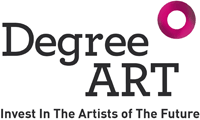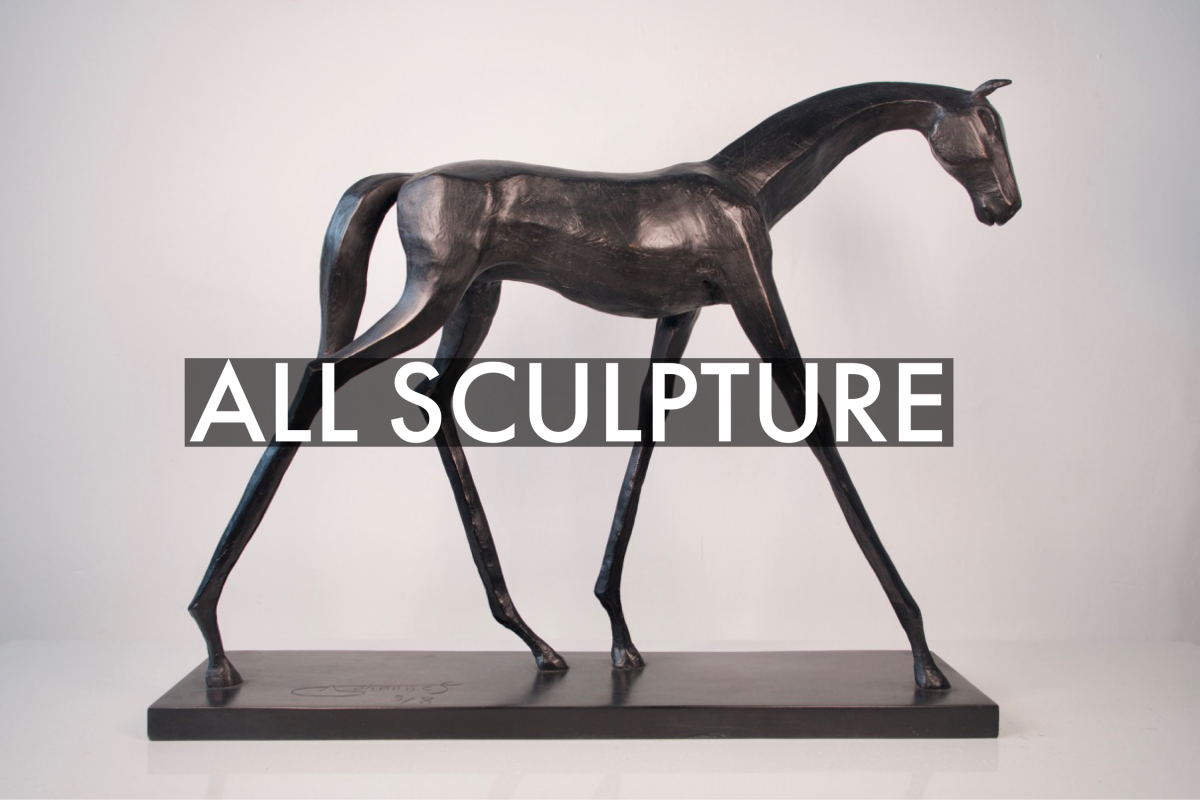No’flk Up Sticks
Helen Otter | Sara Ross | Cecilia Sandrini | Laura Harwood | Christina Sabberton | Tim Mellors | Juliet Hayward | Edwina Goldstone | Rachel Magdaburg | Diane Archer.
No’flk Up Sticks presents the work of ten recent Fine Art graduates from Norwich School of Art & Design. This exhibition has been born out of group dialogue between the artists spurred by their mutual desire to show together in another city. Although the diverse works including installation, film, painting and photography may result from different practices they render inevitable collective sensibilities and awareness of the contemporary world that they occupy, as artists and social/ political beings. And, although not staged out of an aesthetic or theoretical inquiry, the works engage some interesting relations. Formal processes sit alongside contemporary praxis and new media, each disclosing some sort of commentary be that the demonstration of visual phenomena discovered in the formal process of making or the informal ‘reveal’ of human nature found in cultural or sociological encounters.
Helen Otter’s installations play on the boundary of what is seen and unseen, direct and peripheral; articulating the border of the visual using light as a primary medium together with minimal forms, pigments and space. Otter wants to draw attention to spatial relations while alerting us to the ambient light conditions in the ‘white’ gallery space, a surface she uses as both reflector and canvas. The work is intangible, based on an effect and not an object. The subtle phenomenon is sensitive to prevailing light conditions and also the attention of the viewer. Otter will install a vertical column designed for the vaulted ceiling of the gallery, which will be placed within appropriate distance from natural and artificial light sources.
Sara Ross looks at the visible yet illusory boundaries set by man to consider fundamental socio-political issues. She approaches these ideas by manipulating the design of different national flags and mixing and combining their standard emblems. Her revised configurations are often designed using flags from nations bound in complex international relations making for less than straightforward unions. The purpose of these ‘loaded’ insignia is not to pose confrontational protest or obtuse political statement, instead Ross takes on the challenge of questioning our attachment towards identifying with our culture, heritage, and nationalistic tendencies; the diminishing and fragile nature of who we think we are; and the possibly the decreasing importance of national identity.
Ceilia Sandrini focuses on future uncertainties which she communicates using text in slogan form. The delivery of messages, which are given public and sometimes site-specific contexts, have so far followed two distinct modes of fabrication and thus reception. Some are simply written in chalk or pen enabling immediacy with the surface allowing both artist and viewer an instantaneous and economical engagement with the statement. Others (i.e. Judge Me, 2008) have been posited in neon tubing, a more commercial method of signage, relating and allowing prolonged meditation over the worded message. Sandrini will show two new works; a stand alone sculpture The Future is Coming* (*Whether You're Ready or Not), and wall painting on paper Leave Your Weapons at Home which each announce warning and advice over pertinent and emotive contemporary anxieties.
Laura Harwood’s work is ‘a contact and a reflection of and to space’. A concern that she exerts very simply in industrial manufactured materials - wood, glass, mirror and adhesive tape – to expand on her perception of the changing rhythm of the exterior world, architectural and aesthetic. Her control and manipulation of surface; it’s layering, marking and cutting, or lack of, enables us an alternative perception of the space, which is similarly punctuated via their installation. Harwood prefers not to gesture any right or wrong interpretation, instead she favors that the space to do the talking. For this exhibition she will be using the gallery’s integral features, in particular the mantelpieces as hosts for a site-specific configuration of weathered materials found in the street.
Christina Sabberton’s practice results from observing people, and questioning her own body and views on femininity. Concentrating on the ways women decorate themselves and perform to gendered ideals in a daily masquerade she speculates that ideas of female perfection are a fantasy, remote from true beauty and detached from the essential nature of womanhood. Sabberton resolves this dilemma by using herself as a canvas to become the work, painting herself and making costumes. Through the act of dressing up she enters an over exaggerated fantastical paradox of the beauty process. Voyeurism is key to the work with performances captured and evidenced in lurid photographs of the ornamented artist at play with props and colour. For No'flk Up Sticks she will show new photographic documentation together with a costume and wall painting.
Diane Archer ’s lens based work makes wry comment on the importance of ‘fitting in’ and our frequent inability to do so. She looks at the lengths we go to change our appearance and assume alternative roles, often deceiving ourselves into believing that we are somehow more attractive. Archer will show Feat, a sequence of short film observations that trail 'Subjects', or women (including herself) walking in high heels. Displayed on a small CCTV monitor the surveillance like footage of unsuspecting specimens appears comical, until on prolonged viewing the real act of trying to ‘pull it off’ in such idealised footwear as both natural and comfortable begins to expose physical dysfunction, inelegance and humiliating effects.
Juliet Hayward’s most recent work began as an exploration into the relationship between camping, walking and Nature within British culture, looking specifically at a camping association set up in the 1930's. Such organisations were intended in part as educational counter-forces to the spreading Nationalism occurring in Europe, taking their philosophies from sources including Native American culture, the Quakers and the Woodcraft movement. Hayward has been producing temporary displays of day-to-day camp life in the alleyways and back streets where she lives projecting from dusk onwards slides of low technology pinhole photographs from such camps. The imagery sitting uncomfortably between idealised innocence of wholesome 'Back to Nature' living and the possibility of something more sinister. On the preview night she will re-reframe this work in a live projection on an exterior wall near the gallery.
Tim Mellors produces small-scale 2D works made with commonplace materials and techniques. His practice follows a ‘tree-like evolutionary branching’ resulting from a perpetual pursuit of the elusive end art object. His prolific manufacturing results an experimental and speculative relationship towards the work that emerges. Visual content is drawn from an inventory of recurring psychological, visual, and theoretical motifs - cameos, animal skins, tree stumps, and anatomical specimens – to produce assorted diagrams or sketches. Each piece hypothesises models for other potential states in which the artworks could exist. Ironically it is the unintended by-products, samples and proto-forms that emerge during this inexhaustible process that, devoid of an end purpose, that satisfy as ultimate ‘art objects’.
Rachel Magdeburg’s figurative paintings explore ways of representing everyday life by considering ideas about art history through paint, while borrowing from the seductive, sensory language of advertising and commercial graphic design. Her recent practice has seen her copy styles akin to street art and cartoons together with signs and text, which she fuses in a dazzling pallet under a high gloss finish. Her paintings usually include a female protagonist referencing the habitual casting of the female in advertising campaigns, and offering a reminder of how we have come to view the female form/figure. Rachel will present a new painting developed from ideas about contemporary Britain, it's culture, fears, accusations, preoccupations and often-superficial appearance.
Edwina Goldstone’s small-scale column sculptures are fabricated from various interlocking transparent acrylic surfaces printed with layered photographs and imagery. These elegant vertical constructions perform a literal interpretation of Goldstone’s preoccupation with identity, an aspect of self that she sees as being a perpetual cycle of redefinition. She regards identity as a constructed narrative of self-representation which is formed from interconnected, shifting layers of erased, re-constructed fragments of collective memory; fragments that act as our raw material in the creation of subjective information necessary in bridging what is apparently visible and invisible.









